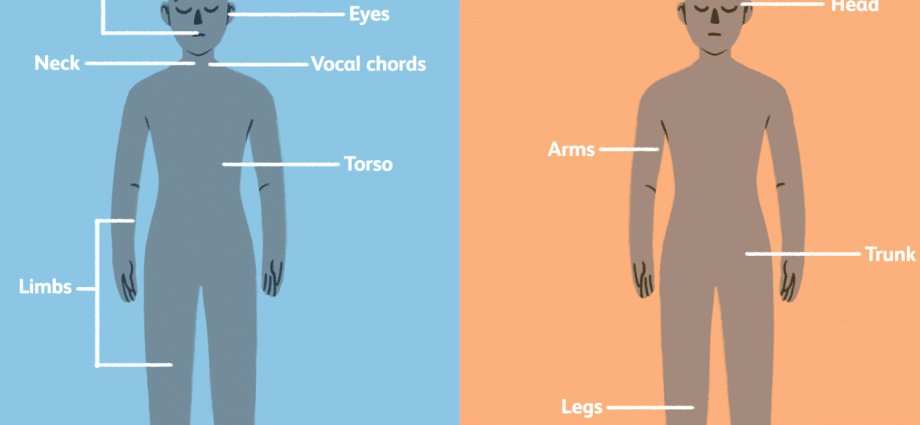Contents
A dyskinesia is a set of varied, uncoordinated and sudden movements of the limbs or the head. Usually, dyskinetic movements are performed regardless of the will of the person in whom they occur. The group of the most common dyskinesias include nervous tics, limb tremors, chorea and others.
The occurrence of dyskinesia may indicate diseases occurring within the nervous system. Most often, their appearance is considered to be a symptom indicating the occurrence of a malfunction in the functioning of specific nervous structures. Sometimes dyskinesias accompany damage to the subcortical structure of the brain, especially the basal ganglia. In addition, dyskinesia may be genetic.
Symptoms of the onset of dyskinesia
Dyskinesia is a group of various symptoms and can affect different parts of the body as well as specific behaviors. The most common case of dyskinesia is tremors, which occur spontaneously in up to 5% of society members. The occurrence of more severe dyskinesias, such as those associated with Huntington’s chorea, is much less, estimated to be around 1 in 1500 members of the population. Dyskinesias can appear in both children and adults.
Disorders classified as dyskinesia can be divided into several general groups:
- Tremors – may affect different parts of the body in different sections (trembling of the entire arm, forearm or only the palm); with tremors, the movements that appear are rhythmic and frequent.
- Dystonia – dyskinesia is sometimes confused with dystonia. The latter is only partially characterized by similar symptoms. Dystonia is the occurrence of slow, sometimes prolonged and intense muscle contraction. Dystonias can be very uncomfortable and force a person to assume an unnatural position. They often take the form of so-called muscle jerks that affect different parts of the body. Dystonia can be either a symptom of neurological, genetic, or acquired disease, and may occur as a result of ingestion of certain substances (including medications).
- Tics – that is, momentary, involuntary movements, vocalizations or other short-term behaviors. They are repeated regularly, at different times of the day and with varying intensity.
Diagnosis of dyskinesias
People who recognize abnormalities classified as dyskinesia in themselves should see a doctor for appropriate diagnostic tests. In order to diagnose the occurrence of dyskinesias and determine their causes, the doctor conducts a detailed observation of the patient’s behavior and conducts a family history to exclude or confirm the possibility of a genetic burden situation. Information on:
- the moment of the appearance of involuntary behavior,
- their course during the day,
- the occurrence of potential aggravation / weakening of symptoms,
- the existence of factors favoring or delaying the induction of involuntary behavior or affecting its intensity.
After that, your doctor may recommend additional tests, such as a head imaging examination or an electromyographic examination of the muscles. Sometimes it is recommended that the patient be monitored or psychologically assessed. This is due to the fact that some dyskinesias are psychological and related to the psychosocial functioning of a person.
Is it possible to cure dyskinesia?
The effectiveness of the treatment of dyskinesia depends on many factors, including the type of ailments itself. Depending on the type of dyskinesia, the doctor decides on the proposed treatment method.
Drug treatment is often undertaken. Some involuntary behaviors may be relieved by drugs classified as beta-blockers. Anticholinergic drugs, botulinum toxin injection or levodopa are often used for involuntary movements typical of dystonia.
It is difficult to clearly assess the possibility of a complete cure of dyskinesia. The effectiveness of therapy depends primarily on the cause of these disorders. When dyskinesia is caused by an improper structure of the nervous system or its potential injuries, a complete cure is practically impossible. Instead, therapy focuses on pharmacologically relieving dyskinetic symptoms and developing the patient’s ability to control them. Typically, the treatment process for dyskinesia is lengthy.










